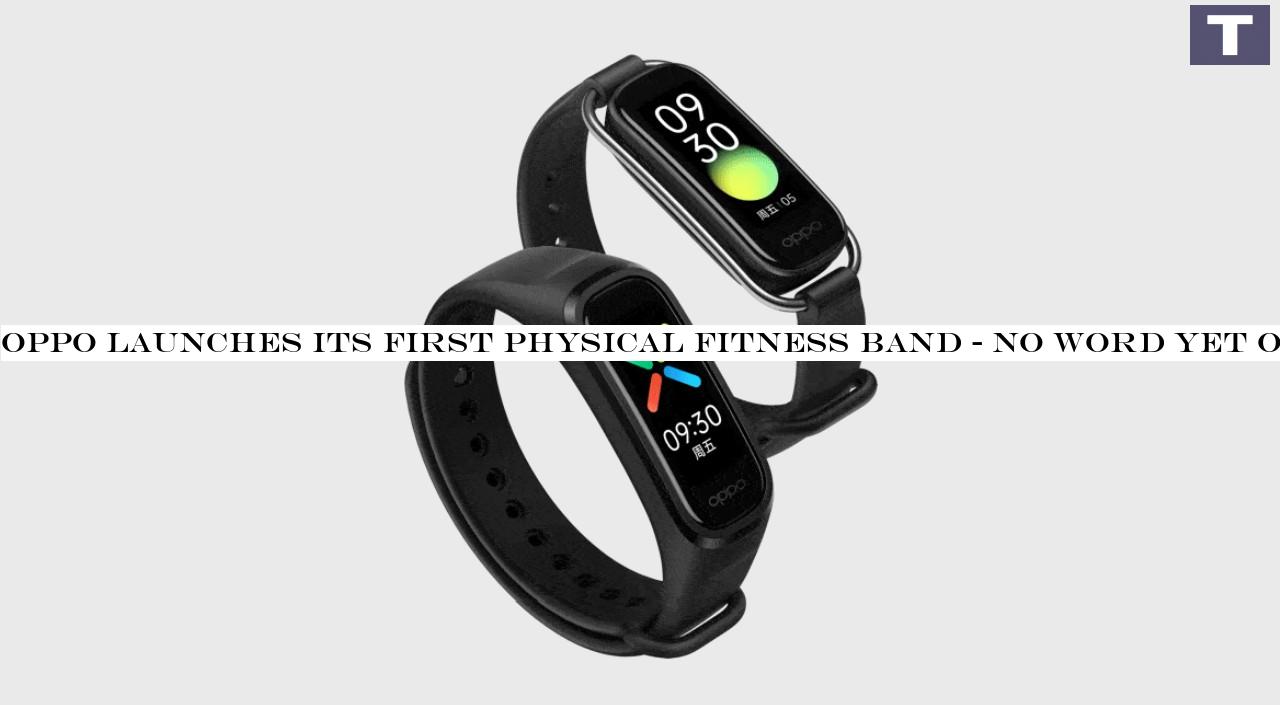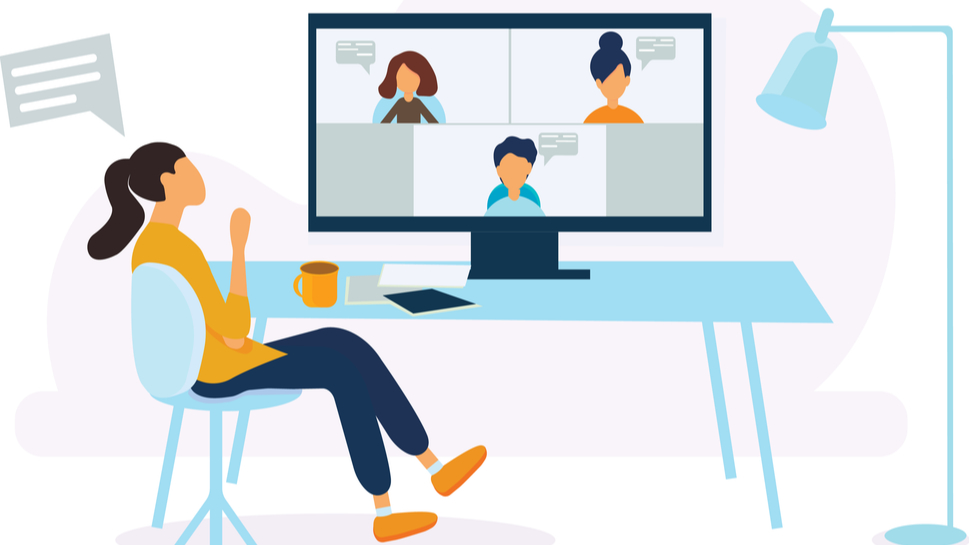From the Xiaomi’s budget lineup of smartphones, the Redmi series never fails to make it to India and the upcoming Redmi 9 series is expected to debut soon. However, the smartphone has been listed on an e-commerce site in the Philippines ahead of launch. This entry has tons of renders detailing all aspects and key features with seemingly-official r
Music
Trailers
DailyVideos
India
Pakistan
Afghanistan
Bangladesh
Srilanka
Nepal
Thailand
Iraq
Iran
Russia
Brazil
StockMarket
Business
CryptoCurrency
Technology
Startup
Trending Videos
Coupons
Football
Search
Download App in Playstore
Download App
Best Collections

 16
16











